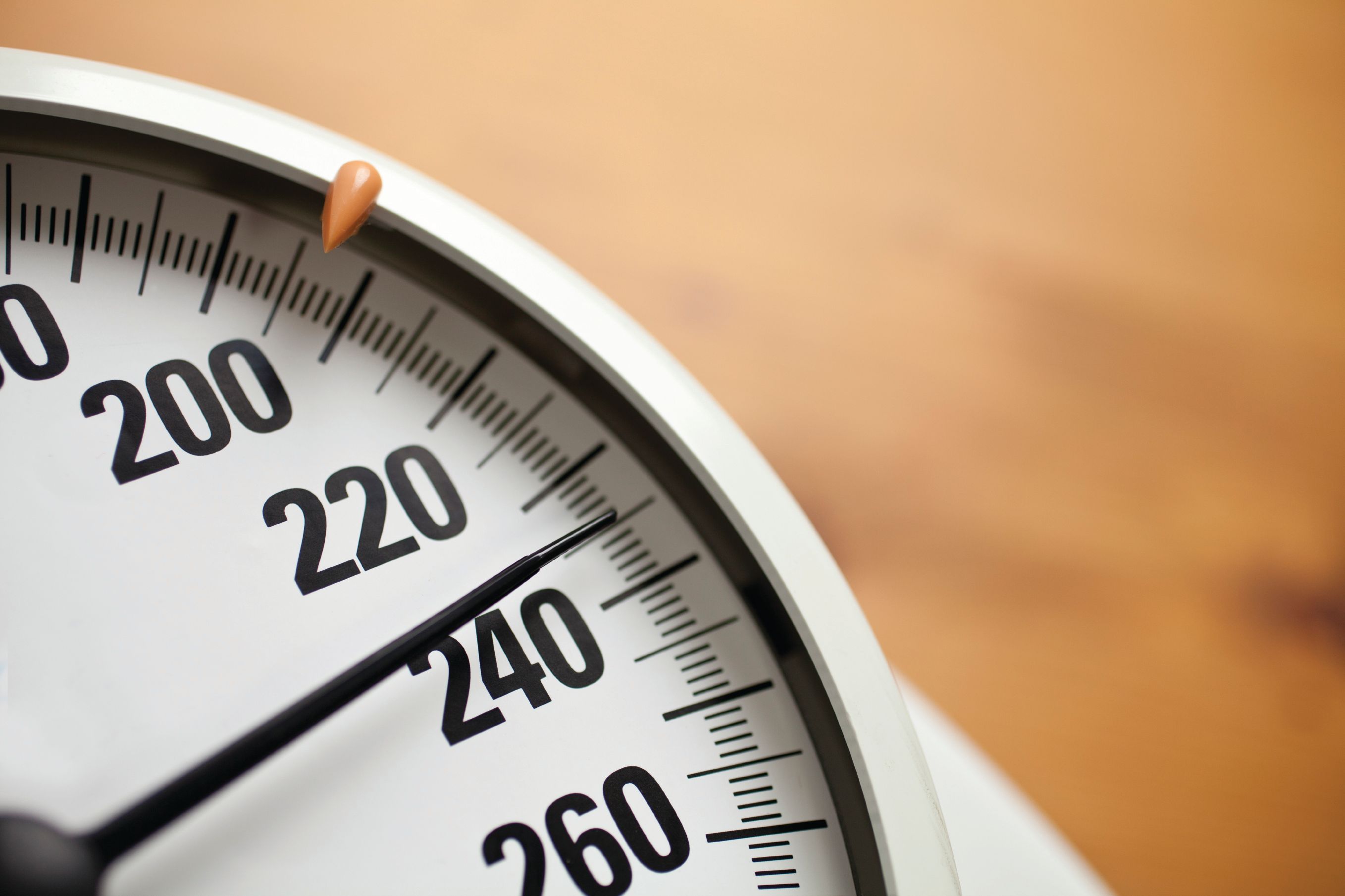Article
Three-Year Bone Density Follow-ups Do Not Increase Risk Prediction Accuracy
Author(s):
New data suggests bone density measurement follow-ups within 3 years of baseline assessment are unnecessary and a potential misuse of resources.

Findings from a recent study suggest follow-up bone mineral density (BMD) measurements within 3 years of baseline assessment provided no further insight into fracture risk in postmenopausal women.
Results of the study, which included more than 7000 women, concluded a second BMD assessment after initial measurement did not improve the accuracy of fracture risk assessment beyond the initial assessment and these follow-ups should not be routinely performed in postmenopausal women.
“Our evidence suggests that repeated BMD testing 3 years after baseline BMD in postmenopausal women should not be routinely performed. This information will inform future guidelines regarding the interval for repeated BMD testing in untreated postmenopausal women,” wrote study investigators.
With limited evidence for clinical guidance on follow-up intervals for osteoporosis screening in postmenopausal women and a team of more than a dozen investigators from institutions across the US sought to draw more clear determination on the issue. To do so, they designed the current study as an observational cohort study using women from the Women’s Health Initiative (WHI) Study.
The main WHI study, which was conducted between 1993-2005, included more than 160,000 postmenopausal women from 40 clinical centers across the US who were also invited to an extension study conducted from 2005-2010. Of the 40 WHI centers, 3 invited participants to undergo baseline BMD assessments.
In total, 11,363 subjects underwent baseline BMD assessments and 9304 underwent year 3 follow-up assessments as well. Of these 9304, 843 were excluded due to reported use bisphosphonates, calcitonin, selective estrogen receptor modulators, or a combination of those medications, 537 were excluded due to reported history of major osteoporotic fracture, 16 were excluded because they did not attend follow-up visits after their year 3 BMD assessment, and 489 were excluded due to missing covariate data. Ultimately, 7419 patients were included in the current study.
The mean age of the study cohort was 66.1 (SD, 7.2) years, the mean BMI was 28.7 (6.0), 23% of study cohorts were nonwhite individuals, and mean follow-up after the second BMD measurement was 9.0 (3.5) years. During the follow-up period, 732 (9.9%) women experienced a major osteoporotic fracture and 139 (1.9%) women experienced hip fractures.
For the purpose of the analysis, investigators calculated area under the receiver operating characteristic curve (AU-ROC) for baseline BMD, absolute change in BMD, and the combination of baseline BMD and change in BMD to assess incident fracture risk discrimination during follow-up.
When discriminating between those who experienced hip fractures and those who did not, the investigators' analysis determined the AU-ROC values were 0.71 (95% CI, 0.67-0.75) for baseline total hip BMD, 0.61 (95% CI, 0.56-0.65) for change in total hip BMD, and 0.73 (95% CI, 0.69-0.77) for the combination of baseline total hip BMD and change in total hip BMD. IN regard to major osteoporotic fractures, AU-ROC values were 0.61 (95% CI, 0.59-0.63) for baseline total hip BMD, 0.53 (95% CI, 0.51-0.55) for change in total hip BMD, and 0.61 (95% CI, 0.59-0.63) for the combination of baseline total hip BMD and change in total hip BMD.
Investigators also pointed out the results of their analyses indicated the associations between change in bone density in fracture risk did not differ by subgroups, including age, race/ethnicity, BMI, baseline BMD T score, or diabetes status.
This study, “Serial Bone Density Measurement and Incident Fracture Risk Discrimination in Postmenopausal Women,” was published in JAMA Internal Medicine.

FDA Approves Crinecerfont for Congenital Adrenal Hyperplasia



